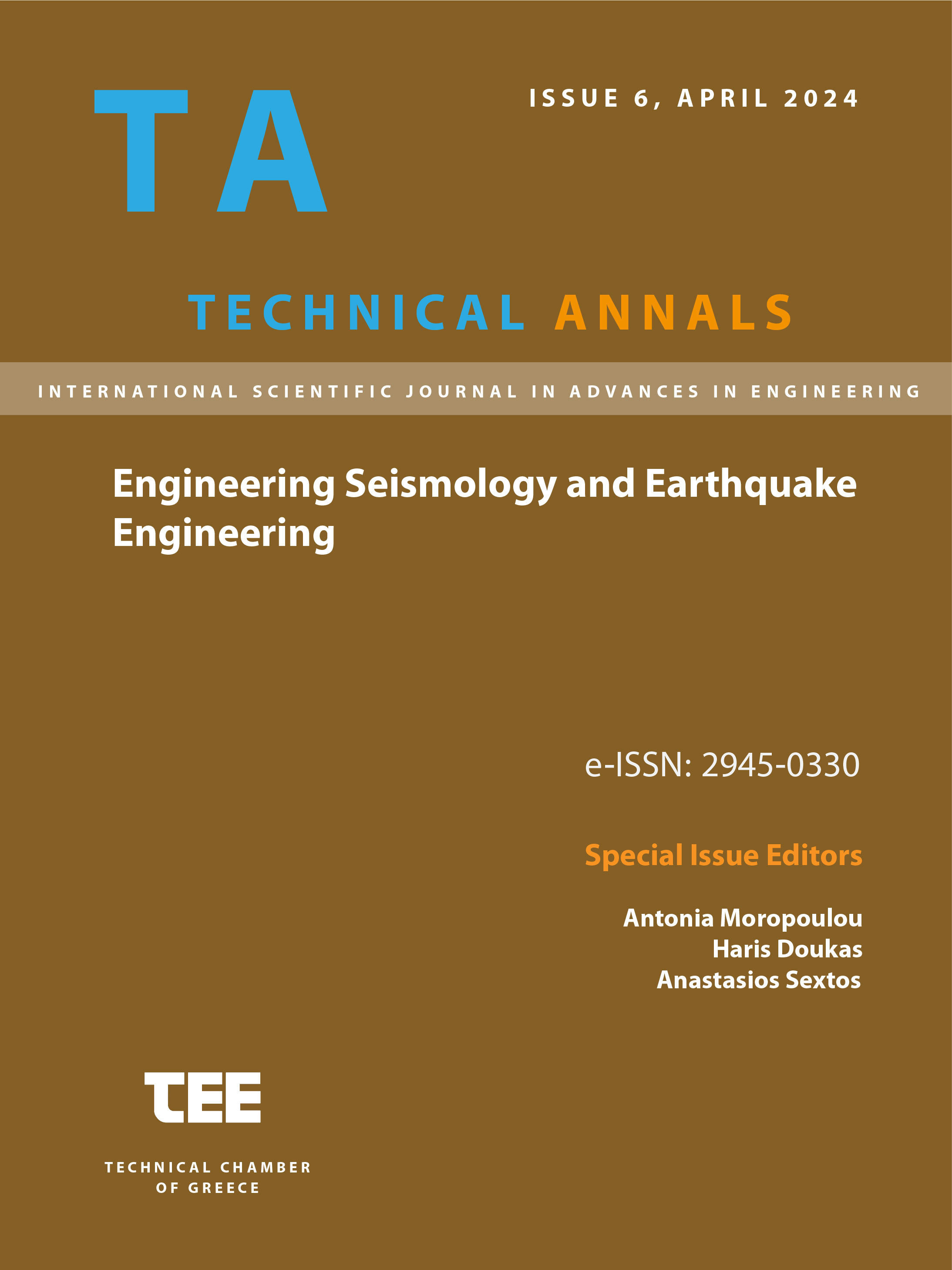Assessment of the seismic capacity of existing RC buildings short columns or soft storey, in accordance with the Second-Degree Pre-earthquake Inspection

Abstract
The seismic capacity assessment of two three-storey reinforced concrete buildings constructed prior to 1984 is being conducted in this paper. Specifically, the case of short columns or soft storey on the ground floor is investigated and a comparison is made regarding the seismic response obtained for each case. The approximate method of the Second-degree pre-earthquake inspection is applied for the case of known and unknown of reinforcement amounts. The obtained results are then compared to the corresponding of a Non-linear static analysis. The primary criterion for the comparison is the failure index of the buildings, as derived from each method. The buildings are categorized into seismic categories according to the Second-degree pre-earthquake inspection, which are compared with the seismic classifications determined by KANEPE. The results of the failure indices and seismic categories according to the Second-degree pre-earthquake inspection were in great convergence with the corresponding results of failure indices in terms of acceleration and the seismic classifications according to KANEPE obtained when the Non-linear static analysis is applied. This convergence is particularly pronounced when known amounts of reinforcement are considered for the vertical elements. Furthermore, the seismic vulnerability of buildings with soft storey or short columns was confirmed in both methods in a similar manner.
Article Details
- How to Cite
-
Panagopoulou, M., & Lamprini Zochiou. (2024). Assessment of the seismic capacity of existing RC buildings short columns or soft storey, in accordance with the Second-Degree Pre-earthquake Inspection. Technical Annals, 1(6). https://doi.org/10.12681/ta.36868
- Section
- Material Science and Engineering

This work is licensed under a Creative Commons Attribution-NonCommercial-ShareAlike 4.0 International License.


